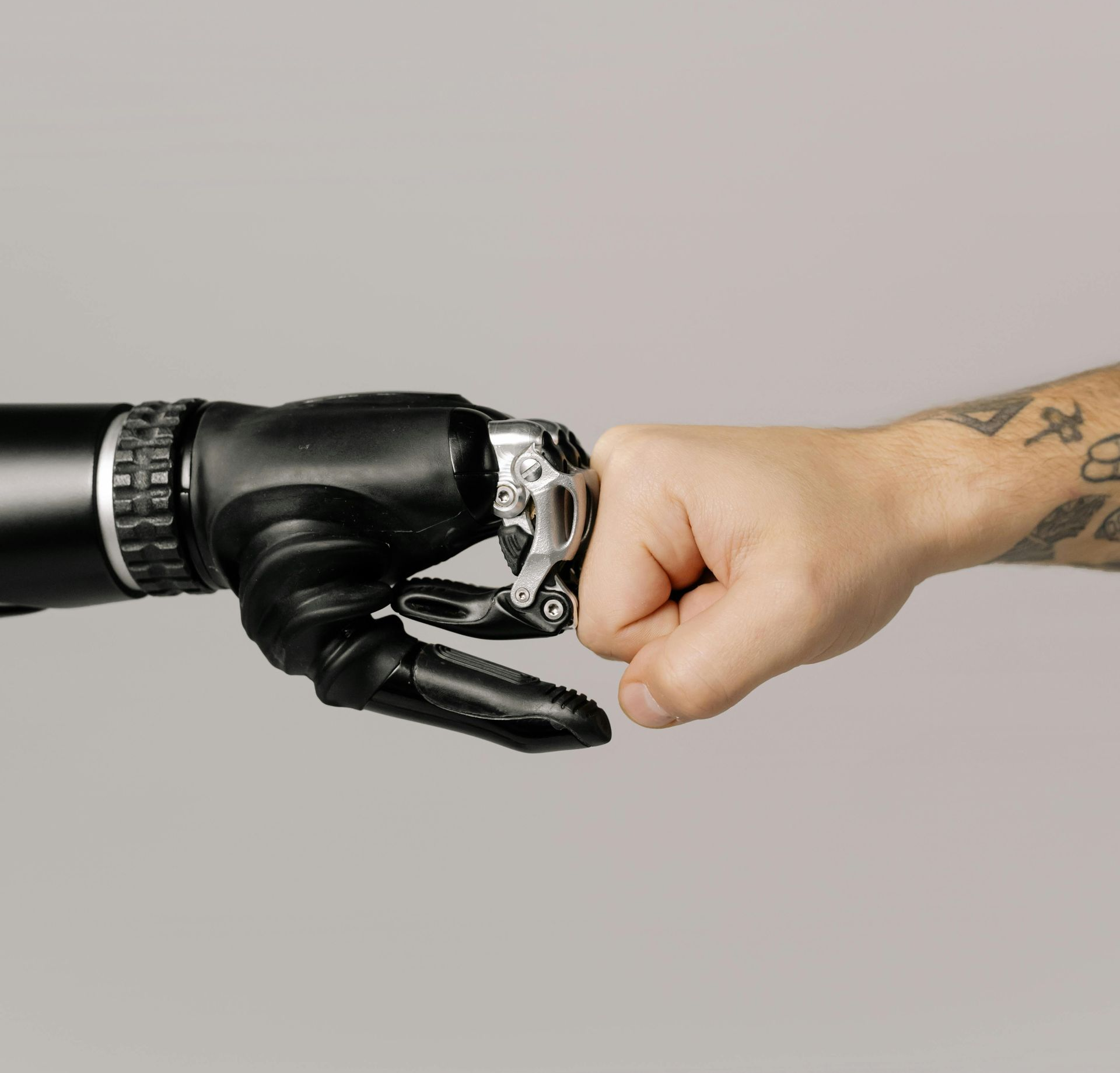1.0 The Ecosystem Mandate: Why Your Talent Acquisition Function Must Evolve, Not Just Automate
Blog ID: 1.0 The Ecosystem Mandate
Author: Martin Warren
Date: 11-Nov-25
Audience:
CHRO, Head of Talent Acquisition, TA Operations & Strategy

They don't even try to hide it anymore. Every week, the same headline, just different names: "10,000 workers
fired
for 'efficiency.'" "A $2B AI investment, masked as 'workforce right-sizing'.
For Talent Acquisition leaders, these headlines are not abstract. They are an ultimatum.
The C-suite is under relentless pressure to drive productivity, and they are looking at every function through a harsh new lens. In this new world, "business as usual" is a declaration of obsolescence. For the first time, AI is not a hypothetical tool for recruiters; it is a C-suite-mandated agent of change that is forcing a brutal reckoning.
This moment is not a simple "upgrade cycle", It is a "metamorphosis event."
This presents every TA leader, from the CHRO to the Head of TA, with a stark choice.
The Risk:
You can cling to the old model—a fragmented, service-based function focused on filling requisitions. You can automate a few tasks, call it "AI," and hope to weather the storm. In this scenario, you remain a "cost centre," and cost centres are the first to be cut in an efficiency-driven economy. At some point, someone who has adapted—someone who speaks the language of systems, data, and ratios—will be brought in to take your role. Every week brings new headlines about thousands of employees being made redundant for "efficiency" and "productivity". This is the risk of inaction.
The Opportunity: Or, you can seize this moment as the single greatest opportunity in our industry's history. This is the unique time where the first movers will radically distance themselves from the competition. You can be the leader who:
- Delivers massive, measurable improvements in service outcomes for the business.
- Leads the charge in adopting and adapting to new technology, learning new skills that are in high demand.
- Transforms your team from order-takers into indispensable strategic advisors.
- Future-proofs your own role, your team's careers, and your strategic value to the business for the next decade.
This blog series is the playbook for the leaders who choose the opportunity.
It is a 16-part journey that will guide you from the fragmented, task-based world of today to building a resilient, intelligent, and defensible
Talent Acquisition Ecosystem.
The Core Problem: The "Canal" Logic
For decades, TA has been stuck in a task-based trap. We view our work as a linear, fragmented process: Source > Screen > Schedule > Interview > Hire.
This is "Canal Logic". It's straight-line way of thinking. When you want to improve a canal, you can only make it slightly wider to improve the flow or line the sides to reduce friction. You are still locked into a single, fixed path.
Because we see our work in fragments, we try to fix it in fragments. We buy a new sourcing tool (a faster boat), but it doesn't fix our broken interview process (a collapsed lock). We implement a new ATS, but it doesn't fix our systemic
Misalignment
with hiring managers.
This task-based model is
the
reason TA is seen as a cost centre. It is inherently reactive, it scales poorly, and its value is almost impossible to articulate to a CFO. When you try to automate a fragmented process, you don't get transformation; you get
faster fragmentation.
The Solution: The "Railroad Ecosystem
The solution is to stop thinking about tasks and start thinking about
systems. We need to graduate from Canal Logic to "Railroad Logic".
A railroad is not a single, fixed path. It's a dynamic network. It's like a child's enormous train set, where the train can switch tracks, reroute around obstacles, and arrive at the destination 10 different ways, all coordinated by a central set of signals.
A
Talent Acquisition Ecosystem
is this "Railroad". It's a dynamic, interconnected network of people, processes, technologies, and data that collectively governs how talent flows into, within, and out of an organisation.
It's a shift in mindset from
Task-Based
("I need to fill this job") to
System-Based
("I am orchestrating a system that delivers predictable talent outcomes").
To build, manage, and evolve this ecosystem, we must analyse it through three core lenses:
- The Infrastructure (Technology & Data): This is the "what." The tracks and the fuel. This includes your technology stack (ATS, CRM, AI tools) and the
Data
(1st, 2nd and 3rd party) that flows through it.
- The Playbook (Processes & Metrics): This is the "rules." The signal and the schedule. This includes the governance and
Processes
that dictate how work flows (e.g. the Kick-off Meeting) and the
Metrics
we use to measure success.
- The Players (People & Agents): This is the "who." The conductors and engineers. this includes the human and digital workforce (recruiters, managers, and
AI Agents) that execute the work.
This blog series is built on a critical thesis:
Your ecosystem will fail if you only change the Infrastructure.
Buying new AI (Infrastructure) is useless if your team (Players) isn't upskilled to use it. It's dangerous if your processes (Playbook) are broken. The sum of the parts is less than the whole. You must evolve all three factors at once, and it all starts with improving the capability of the Players to deliver better outcomes.
The Interrelated Factors We Will Explore
Throughout this 16-part series, we will dissect the four key factors that are being simultaneously disrupted—and show you how to rebuild them as a cohesive system.
1. The Approach (Task vs. System)
We will relentlessly challenge the "Canal Logic" (task-based thinking) and provide the "Railroad" framework (system-based thinking). We'll show you how to stop automating broken tasks and start redesigning entire workflows to eliminate them. This is the conceptual leap from "Recruiter" to "Ecosystem Architect."
2. The Players (The New Workforce)
Your "Players" are no longer just human. We will introduce and define the five new workers in your ecosystem: the
Human, the
Robotic-Process Automation (RPA), the
Analytical AI, the
Generative AI, and the
Agentic AI. We will show you how to delegate the right work to the right actor to unlock true productivity.
3. The Data (The New Fuel)
We will prove why
1st Party (Proprietary) Data
(the goldmine sitting in your ATS) is the only defensible asset you have; external data is noise and your internal data is your "Railroad." We'll show you how to activate it, govern it, and use it to train your AI Players for a massive competitive advantage.
4. The Metrics (The New Scorecard)
You cannot prove your value as a strategic partner if you are measuring your function with outdated, task-based metrics from the "Canal" era.
The "3 Golden Metrics" of recruitment—Cost per Hire, Time to Fill, and Quality of Hire—are broken. They are isolated numbers that provide no business context. Telling your CFO you have a "$5,000 Cost per Hire" is meaningless. Is that good or bad? Telling your Head of Engineering you have a "30-day Time to Fill" is equally useless. Did they need the role in 10 days (you failed) or 60 days (you succeeded)?
We need to adopt the language of the business:
ratios.
Why ratios? Because numbers in isolation are meaningless. A striker who says "I scored a penalty" sounds good. A striker who says "I scored 1 and missed 9" is a liability. Only the 1:10 ratio can show the real picture.
Throughout this series, we will introduce and apply a new, C-suite-ready scorecard:
- Cost of Hire Ratio (CoHR)
- Time to Hire Ratio (TtHR)
- Quality of Hire Ratio (QoHR)
We won't explain the full calculations in this introduction. Instead, in our very next post, we will dedicate an entire article to defining this new Playbook so you can learn to speak the language of ROI.
The Journey Ahead: Our 3-Chapter Plan
This series is your guide to navigating this new world. We have structured it as a three-chapter journey from foundation to mastery.
- Chapter 1: Foundation (The Players & The Playbook)
We will define the new playing field. We'll introduce the new Metrics, all five Players, establish the critical importance of 1st Party Data, and define the core Misalignment problem that plagues all "Canal" functions. - Chapter 2: Core Competency (Building the Playbook)
We will show you how to build the non-negotiable human and process infrastructure before you deploy technology. This is where we prove that a mandatory Kick-off Meeting is not a "back to basics" process, but the essential governance for your entire AI system. - Chapter 3: Transformation (Conducting the Orchestra)
Finally, we will put it all together. We will deploy "Railroad" logic Agentic AI. We will show you how to activate your data, achieve true Rediscovery, and transform your function to deliver the ultimate C-suite prize: the Hidden Dividend.
This is not a theoretical exercise. This is a survival guide and a strategic playbook. The opportunity to lead this change is here, but it will not wait.
Join us on this journey. Evolve your Infrastructure, redefine your Playbook, and upskill your Players. Become the leader who builds the ecosystem, not the manager who gets automated with the tasks.








